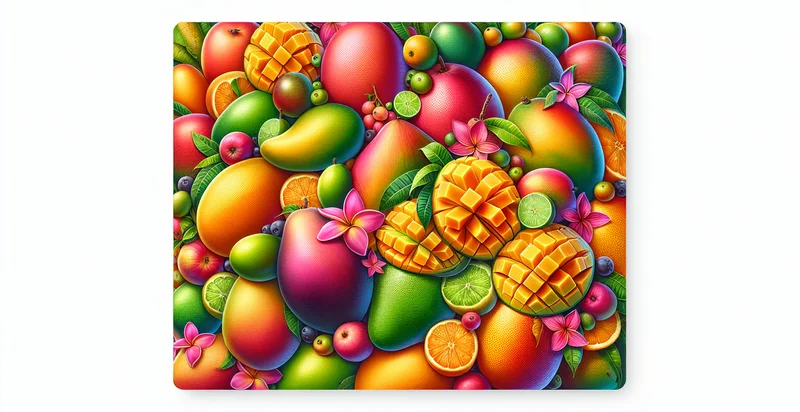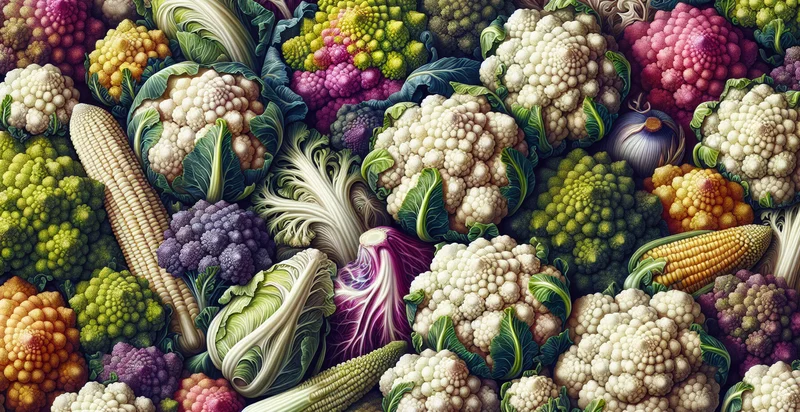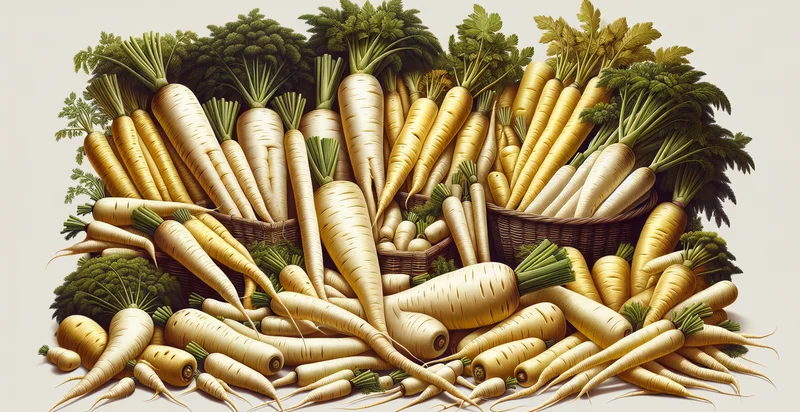Identify mango species
using AI
Below is a free classifier to identify mango species. Just upload your image, and our AI will predict what species of mango it is - in just seconds.

Contact us for API access
Or, use Nyckel to build highly-accurate custom classifiers in just minutes. No PhD required.
Get started
import nyckel
credentials = nyckel.Credentials("YOUR_CLIENT_ID", "YOUR_CLIENT_SECRET")
nyckel.invoke("mango-species", "your_image_url", credentials)
fetch('https://www.nyckel.com/v1/functions/mango-species/invoke', {
method: 'POST',
headers: {
'Authorization': 'Bearer ' + 'YOUR_BEARER_TOKEN',
'Content-Type': 'application/json',
},
body: JSON.stringify(
{"data": "your_image_url"}
)
})
.then(response => response.json())
.then(data => console.log(data));
curl -X POST \
-H "Content-Type: application/json" \
-H "Authorization: Bearer YOUR_BEARER_TOKEN" \
-d '{"data": "your_image_url"}' \
https://www.nyckel.com/v1/functions/mango-species/invoke
How this classifier works
To start, upload your image. Our AI tool will then predict what species of mango it is.
This pretrained image model uses a Nyckel-created dataset and has 20 labels, including Alphonso, Bailey, Banganapalli, Carabao, Coconut Cream, Dasheri, Francis, Haden, Keitt and Kent.
We'll also show a confidence score (the higher the number, the more confident the AI model is around what species of mango it is).
Whether you're just curious or building mango species detection into your application, we hope our classifier proves helpful.
Related Classifiers
Need to identify mango species at scale?
Get API or Zapier access to this classifier for free. It's perfect for:
- Agricultural Research: Researchers can utilize the mango species identifier to study the genetic diversity and characteristics of various mango species. By accurately classifying different species, they can identify traits for breeding programs aimed at improving mango quality and resilience.
- Supply Chain Optimization: Importers and exporters can employ this identification function to ensure that they are sourcing and distributing the correct mango species. This can streamline logistics and reduce costs by preventing mislabeling, thereby improving inventory management.
- Food Industry Quality Control: Food manufacturers and distributors can implement this classification function to ensure product consistency. By verifying the species of mangoes being used in their products, they can maintain quality and meet consumer expectations for taste and texture.
- Consumer Education: Retailers can use this technology to educate consumers about the different mango species available in the market. By providing specific identification on packaging, they can enhance customer knowledge and influence purchasing decisions based on flavor profiles and best uses.
- Farm Management: Farmers can integrate this functionality to manage their crops more effectively by identifying the species of mangoes growing on their farms. This will aid in determining the appropriate care required, from pest management to harvesting time.
- E-commerce Product Differentiation: Online grocery platforms can leverage this classification tool to ensure that products are accurately labeled and categorized. This not only enhances the shopping experience but also helps consumers make informed decisions based on their preferences for specific mango species.
- Biodiversity Preservation: Conservation organizations can utilize the mango species identifier to monitor and protect rare and endangered mango varieties. By accurately identifying species in different ecosystems, they can develop targeted conservation strategies to safeguard biodiversity in tropical regions.


